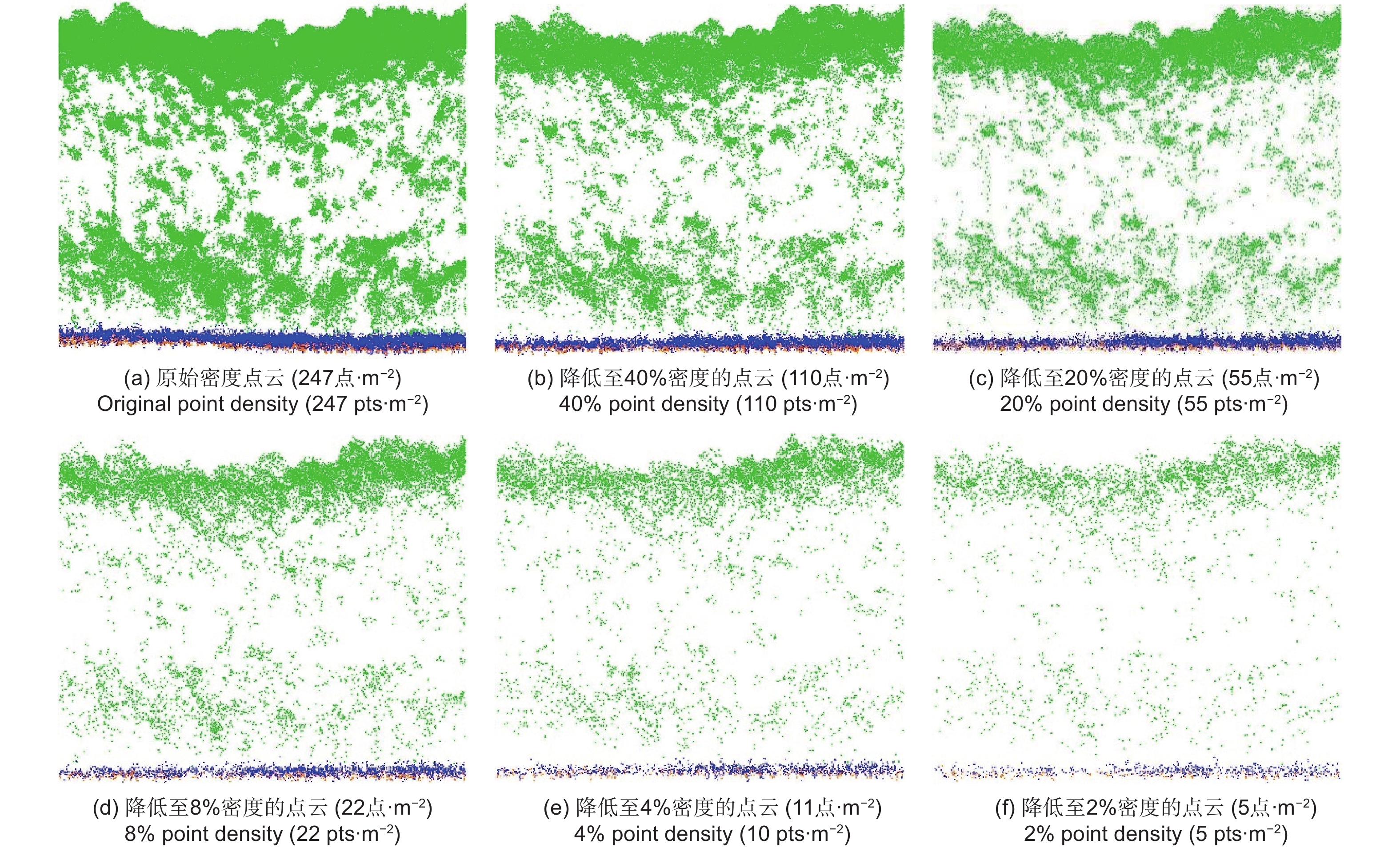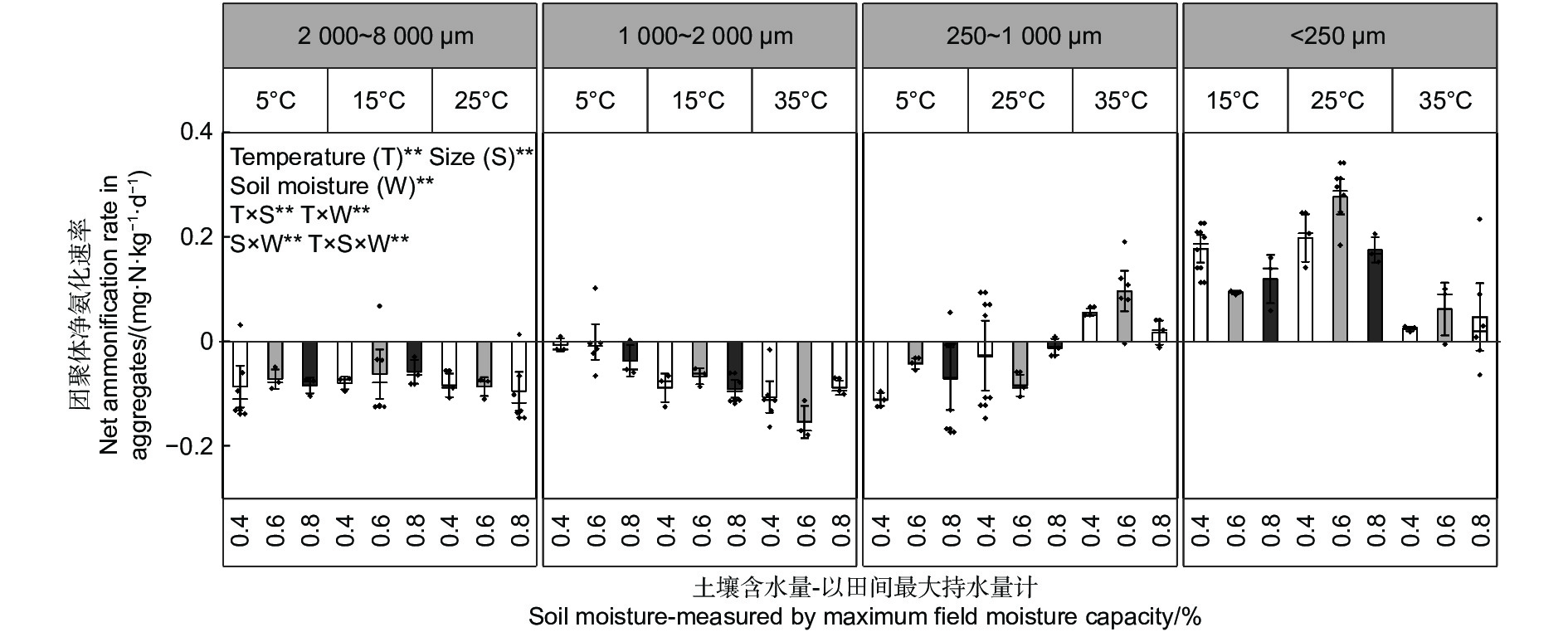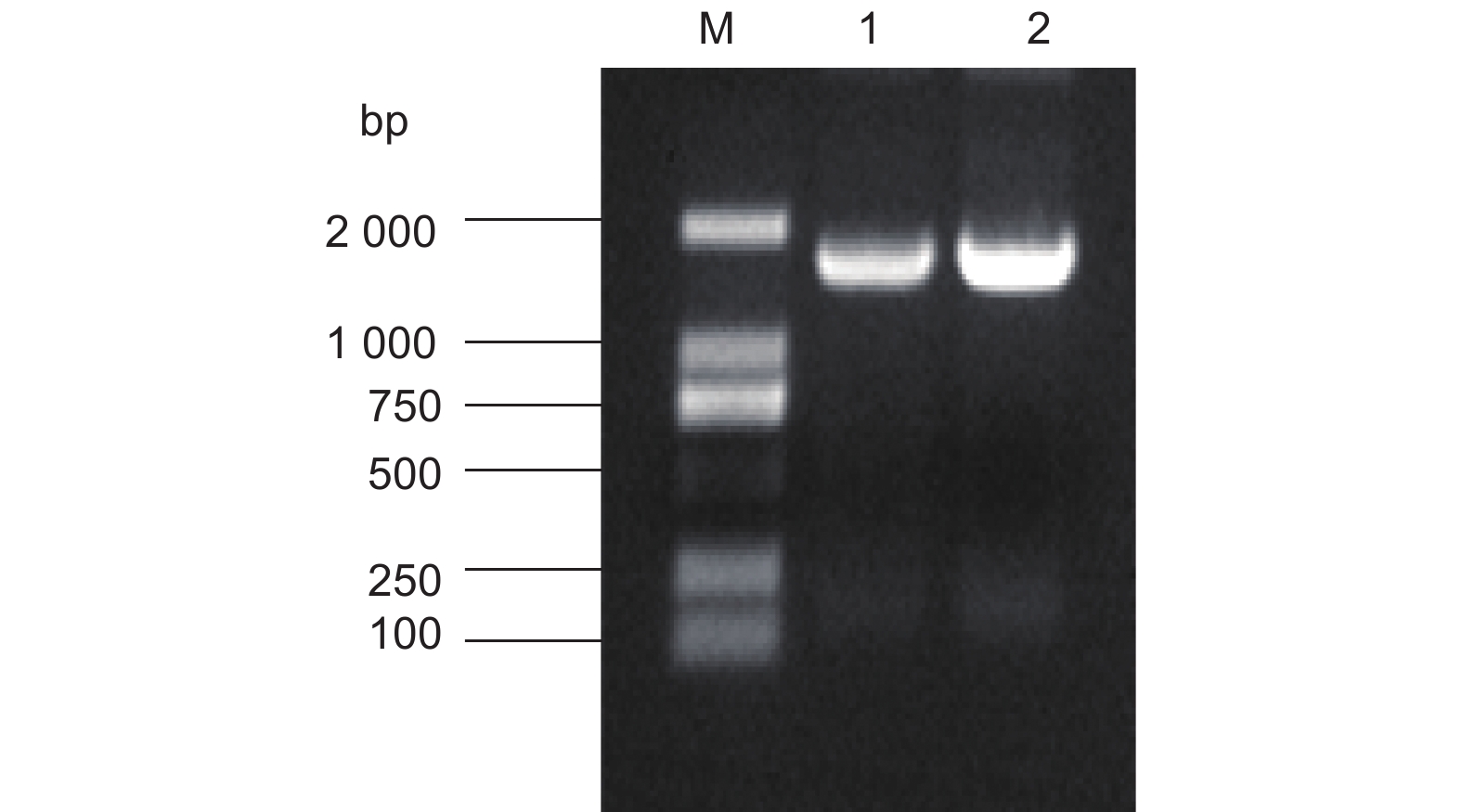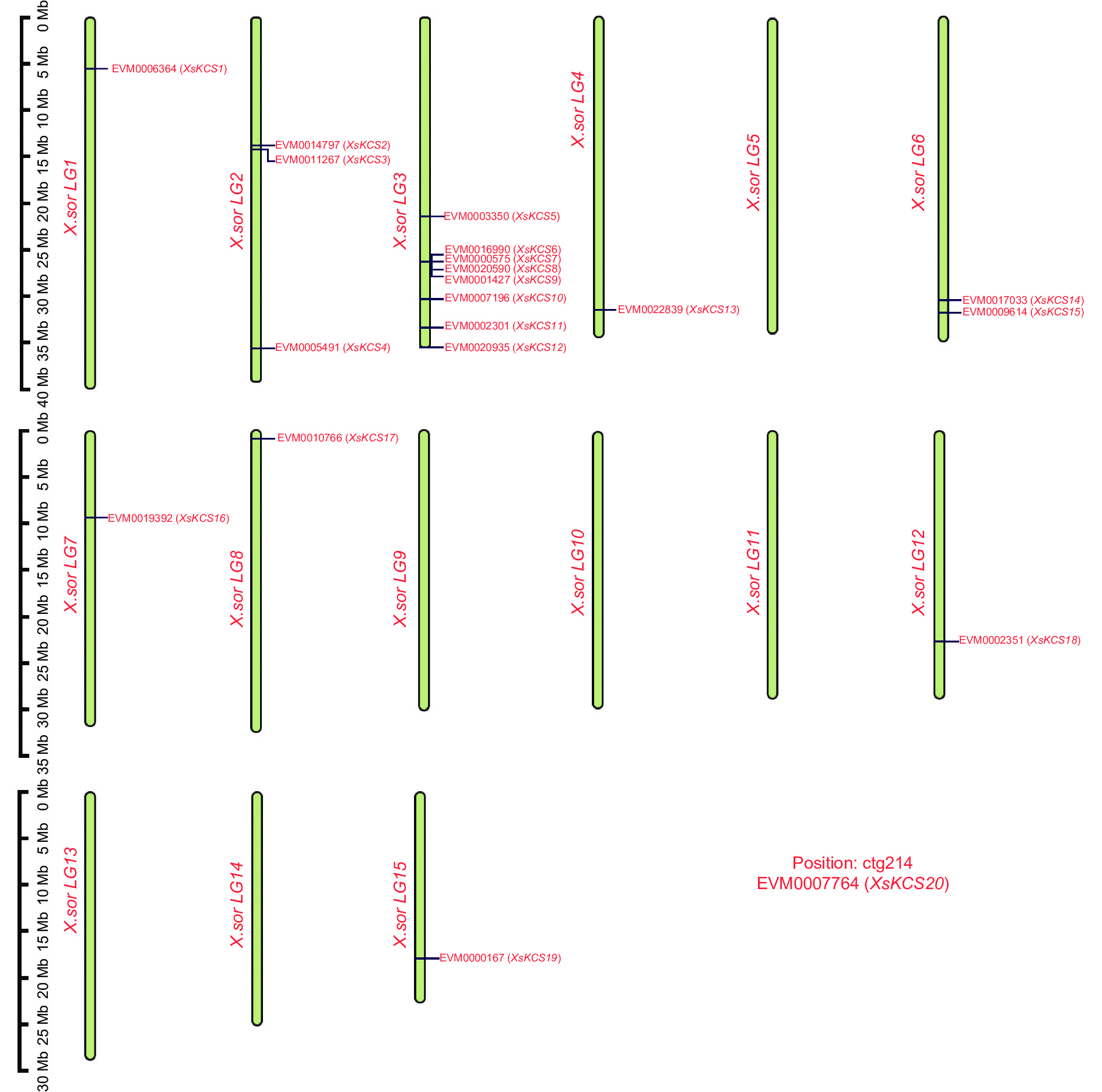Journal Introduction
Forestry Science Research is a comprehensive academic journal of forestry science sponsored by the Chinese Academy of Forestry Science. The main task is to timely reflect the latest research results, academic papers and reports, scientific and technological trends and information of forestry science with the Chinese Academy of Forestry as the main body, to promote academic exchanges at home and abroad, to carry out academic discussions, to prosper forestry science and to better serve China's forestry construction. The main contents are: forest seeds, seedling raising and afforestation, forest plants, forest genetic breeding, tree physiology and biochemistry, forest insects, resource insects, forest pathology, forest microorganisms, forest birds and animals, forest soil, forest...
:
Phosphorus is an essential mineral nutrient element that plays an important role in plant growth and development. Although most soils have sufficient total phosphorus reserves, most of the organic and inorganic phosphorus in the soil exhibit low solubility and low available, leading to the extremely low soil available phosphorus content. Plant root exudates are important mediators linking energy, matter and information transfer at the interface between the plant root system and the soil. They can directly regulate the activation of soil ineffective phosphorus, and also can indirectly improve the bioavailability of soil phosphorus by recruiting inter-root microorganisms. In this paper, the potential mechanisms of different root exudates to improve soil phosphorus effectiveness are elucidated, and how root exudates can recruit inter-root microorganisms to promote soil phosphorus activation is discussed in the light of the existing studies at home and abroad. Meanwhile, the future research direction is also prospected. It will provide a theoretical basis for analyzing the mechanism of efficient plant phosphorus utilization and cultivating phosphorus efficient varieties.
:
Although the study of forest rotation has attracted the attention of many scholars both domestically and internationally, there are still divergent opinions on the connotation of optimal forest rotation, the criteria for determining the optimal forest rotation, the criteria for determining the rotation, and the impact of related variables on the optimal forest rotation, which cannot provide a solid theoretical basis for developing a cultivation model for improving forest plantations. This paper summarized the research results on determining the optimal forest rotation, and used experimental data of Chinese fir plantations to demonstrate the different criteria, methods, and influencing factors in determining the optimal forest rotation. It also provides prospects for future research directions.
Journal Information
Publication name:林业科学研究 Forest Research
Editor:ZHANG Shou-gong
Sponsors by:Chinese Academy of Forestry Sciences
Address:Chinese Academy of Forestry after Beijing Wanshou Mountain
Telephone:010-62889680;62889702
E-mail:lykxyj@caf.ac.cn
WebSite:http://www.lykxyj.com
ISSN 1001-1498
CN 11-1221/S
Postal code:80-717











 [Abstract]
[Abstract] [FullText HTML]
[FullText HTML] [PDF 793KB]
[PDF 793KB] Subvmission Guidelines
Subvmission Guidelines Peer Review
Peer Review Reviewer Online
Reviewer Online Office Work
Office Work


 Email alert
Email alert RSS
RSS